
Craft and creativity continues to grow in China, none of which would be possible without the inspired and daring minds behind the ideas and production. We are asking the creative community in China five fun questions to learn a little bit more about the people behind this burgeoning industry. Hope you enjoy! If you think you should be profiled or you know someone creative who should be profiled send an email to info@shpplus.com.
中国的优秀作品和无限创意层出不穷,这离不开那些有思想、有灵感、有胆识的人才。为了更好地了解中国新兴创意产业,我们设计了有趣的小问题,请中国创意人才提供五道问题的答案。精彩不容错过!欢迎自荐和推荐,请发送邮件至 info@shpplus.com.
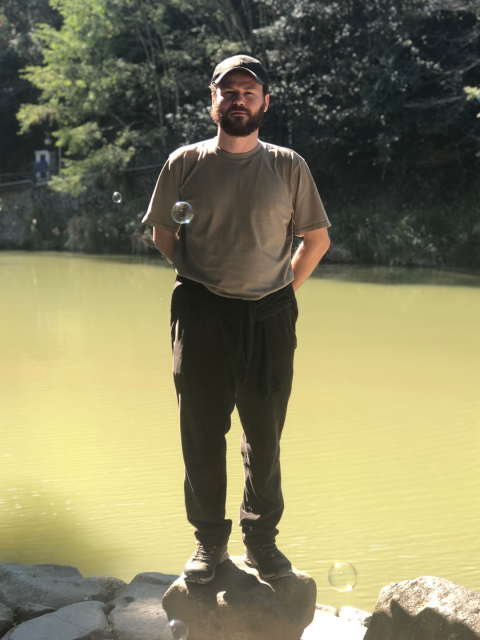
Vladimir Crvenković
Designer – Art Director
设计师、艺术总监
A multidisciplinary designer and creative, hailing from former Yugoslavia and now based in Shanghai. He works closely alongside concepts of future-past and relating them to the current moment. With an MA in contemporary costume, his design career spanning 15 years is encompassed around branding, identity systems and art direction.
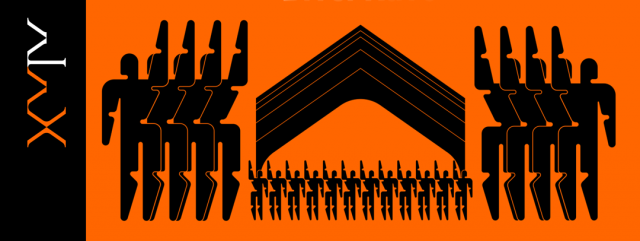
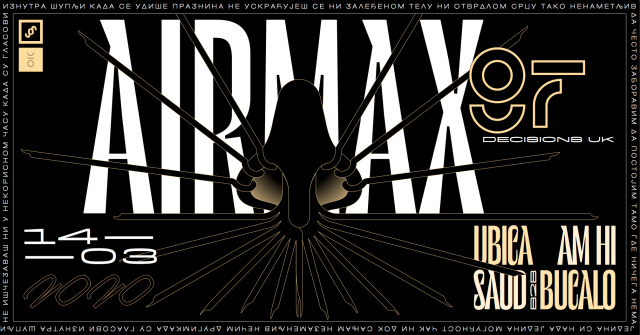
来自前南斯拉夫,现居于上海的多学科设计师和创意人士。他与‘未来-过去’的概念密切相关,并将这些概念与当前时刻联系起来。拥有当代服装文学硕士学位,他的设计生涯横跨15年,他专注于品牌、身份系统和艺术指导。
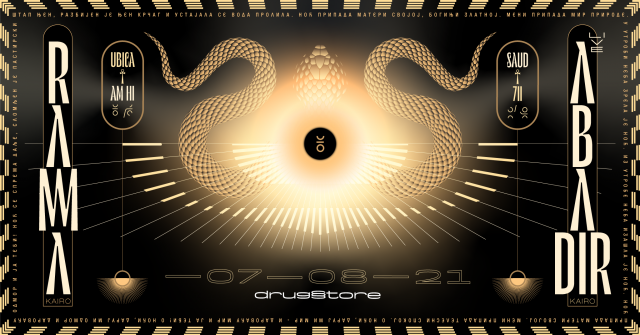


1.How you discovered you were creative? 你是如何发现自己有创造力的?
The first time I realised I created something was actually by the act of destroying. I figured out that when paper is folded and you cut thought the middle, you get symmetrical image. I would cut shapes whenever possible; making patterns on my mum’s night gowns, my own clothes, curtains and sheets.
A shift happened when my creation became valued. I must have been around 5 years old at my uncle’s Slava (orthodox family’s patron saint day) and I was bored sketching. He approached me and offered me to do as many drawings of St.Tsar Lazar (his house family protector) as I could. He then invited all the neighbors and family over and did a proper fierce style auction of my watercolor paper ‘icons’. I remember sitting and watching everyone yelling over each other, my uncle furiously speaking of my drawings as masterpieces to boost their price. That was the first time I saw value within my work, my first commissioned work and my first fee.
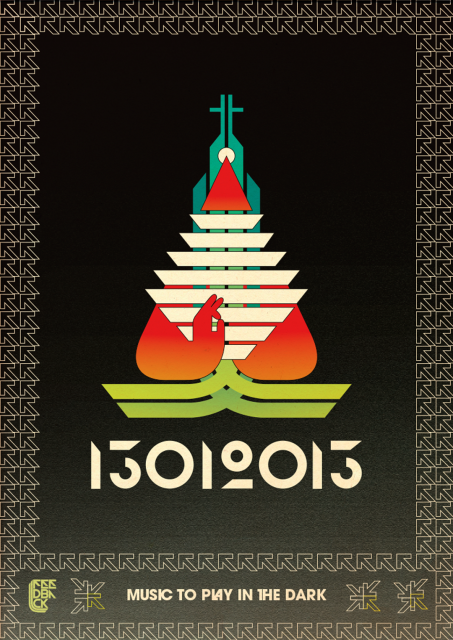
我第一次意识到我创造了一些东西实际上是通过破坏的行为。我发现当纸被折叠时,如果从中间切开,你会得到对称的图像。从那一刻以来我着迷了裁剪形状,同时破坏了很多东西:我用了我妈妈的睡衣、自己的衣服、窗帘和床单为材料做各种各样的形状。
我还记得第一次我的作品受到了认可,那一刻历历在目。我大概五岁的时候,家人聚在我叔叔斯拉夫的家,我感到厌烦了就开始随意素描。我的叔叔走近我,出了主意 — 让我尽可能多画圣沙皇拉扎尔(他的家庭守护神)。我画完了之后,他邀请所有的邻居和家人过来,并对我的水彩纸“圣像画”进行了一场热闹的拍卖。我记得我坐在那里,看着大家互相叫嚷,我叔叔为了提高价格夸奖了我的画,把它们说成是杰作。那是我第一次在我的工作中看到价值,第一次有人委托我创造作品,第一次用作品赚钱了。
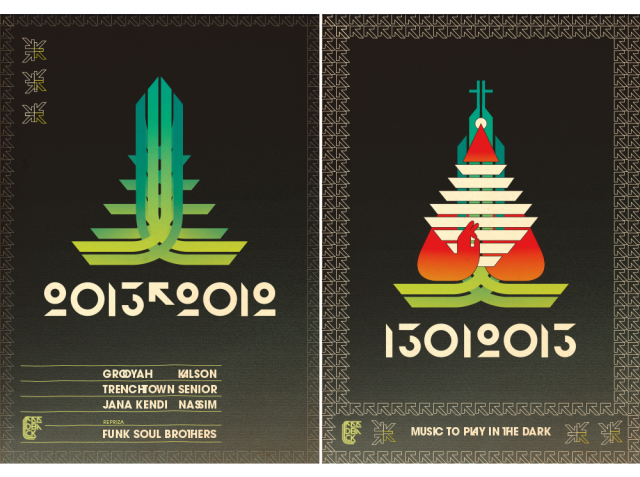
2. One thing that always makes you happy and one thing that always makes you sad?
一件总让你感到快乐和另一件总让你很难过的事是什么?
Elevated roads. Growing up in architecturally brutalist neighborhood, I was always fond of raw concrete structures. Moving to Shanghai, I realised that I get that feeling of reckless childhood when I’m driving under them. Their monumental cold geometric pillars wrapped in flourishing lianas and greenery, as literal representation of urban jungle, continue to leave me in awe. A zest about the fast achievements of humanity and (ir)relevance of identity. They make me feel serene, safe, aware and smiling. At the same time they are giving me ‘weltschmerz’ – melancholic, dystopian thoughts about fragility of the world and how those strong structures are concrete cockroaches that will eventually outlive us. Basically, what makes me sad and happy might be the progress of humanity.
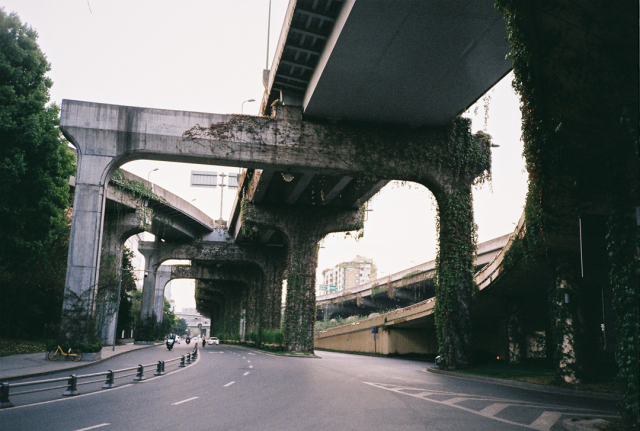
高架道路。我在一个建筑风格粗野的小区长大,一直喜欢粗野的混凝土结构。搬到上海后,我意识到,当我在高架下面开车时,我有一种“不计后果的童年”感觉。这些极大几何柱子与茂盛的藤本植物结合,对我来说体现了“城市丛林”这个概念,依然给我印象很深刻。他们让我感到宁静、安全、清醒和快乐。与此同时,高架也引起有点悲观的想法:看着这些坚固的结构,我不得不想着人类有多么脆弱,而这些人造的东西也许最终比我们更为持久。基本上,让我悲伤和快乐的可能是人类的进步。
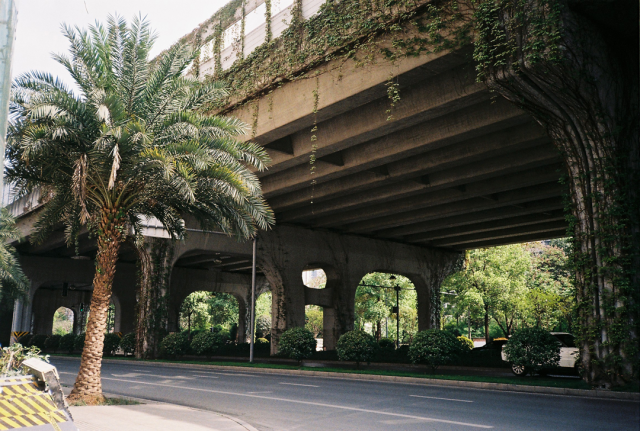
3. What you wanted to be when you grew up? 当你还是个孩子的时候,你梦想成为什么?
It is still hard for me to grasp what growing up means. Maturity? Having a stable profession and family? Getting old and stagnant. I probably gave some answers as a kid to this question, and its more than likely those were my points of interest at that moment. This is still pretty much the same method I have when pursuing a project. I never really yearned for some of the stuff I’ve done, but I try to seek out something playful within my work and happy accidents happen.
我仍然很难理解长大到底意味着什么。成熟代表着一个人的长大吗?还是有了稳定的职业和家庭就算长大了?是不是变老,停滞不前就长大了?当我还是个孩子的时候,我可能对这些问题给出了一些答案,很可能那些就是我当时感兴趣的想法。这和我在做项目使用的方法差不多。我从来没有真正渴望我所做的一些事情,但我试图在我的工作中寻找一些有趣的东西,快乐的意外发生。
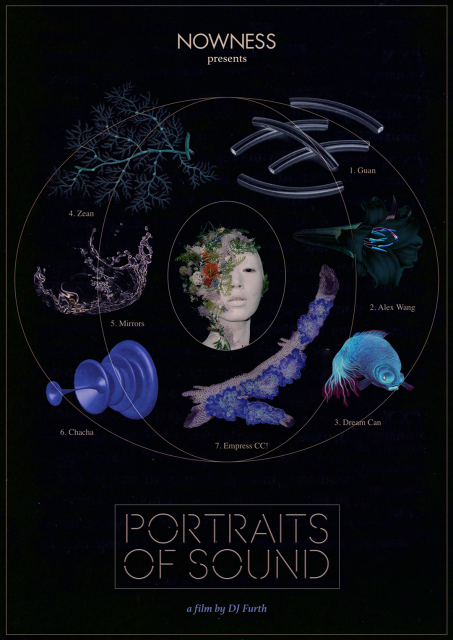
4. The best way to destress? 对你来说,最好的减压方式是什么
Home style sensory deprivation tank. 家用感官剥夺罐。
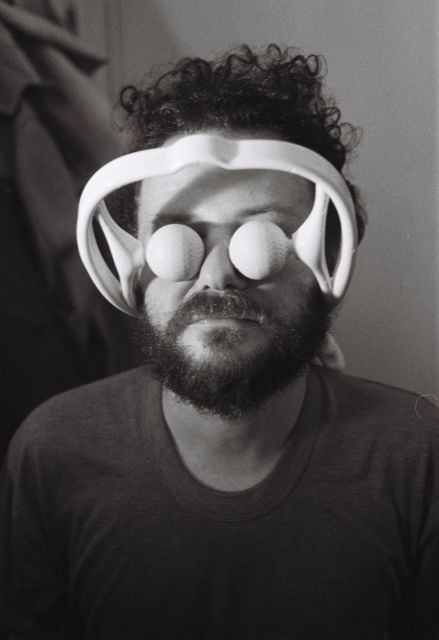
5. Your favorite creative project you’ve ever worked on, and why you like it so much?
你曾经参与过的创意项目其中,那个是你最喜欢的项目;为什么你这么喜欢它?
It must be yugodrom.com project that has been ongoing for 10 years now. Maybe it’s a cheat answer because there are several projects under this umbrella, but overall it is about re-contextualizing Yugoslavian audio-visual heritage, with a strong undertone of memory and how it shapes us. With our first exhibition we juxtaposed logotypes of brands with a type of person, giving each graphic this kind of personality viewers could relate to. Our goal was to produce a visual semiotic, tying in this underlying familiarity and to act as a bridge for the six countries that were once one.
yugodrom.com吧,这个项目已经进行10年了。也许这是一个欺骗的答案,因为实际上yugodrom包括了几个不同的项目,但它们的目标是共同的。我们从记忆力和它如何塑造我们的点出发,重新演绎南斯拉夫视听遗产。在第一个展览中,我们将品牌的logo与一种性格的人并置在一起,让每个图形都能与观众产生共鸣。我们的目标是创造一种视觉符号,并作为曾经是一个国家的六个国家之间的桥梁。

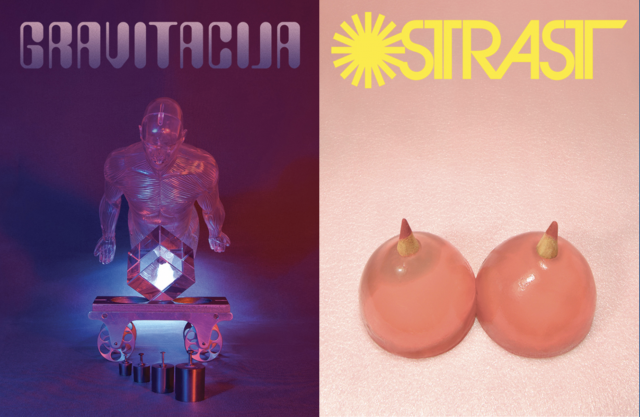

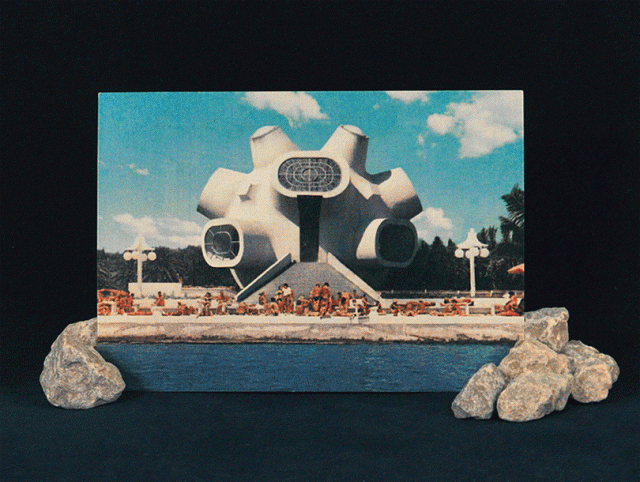
Later on, we got commissioned to work with other artists that were having projects related to Yugoslavian discourse (research exhibition, indie sci-fi movie, album covers). Occasionally, I am curating themed mixtapes of Yugoslav artists, which makes this whole ‘Yugobsession’ of mine even broader. The search for collective identity becomes, in a way, a personal quest of discovery and retrieval.
后来,我们被委托与其他艺术家合作,他们进行与南斯拉夫相关的项目(研究展览、独立科幻电影、专辑封面等等)。偶尔,我策划南斯拉夫艺术家的主题混音磁带,这使我更痴迷于南斯拉夫有关的事。在某种程度上,我在寻找集体的身份过程中发现个人的追求。


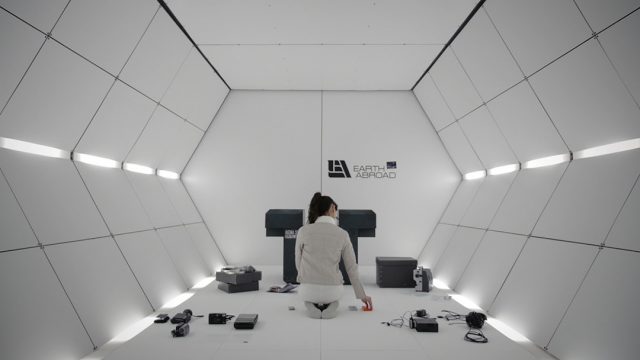
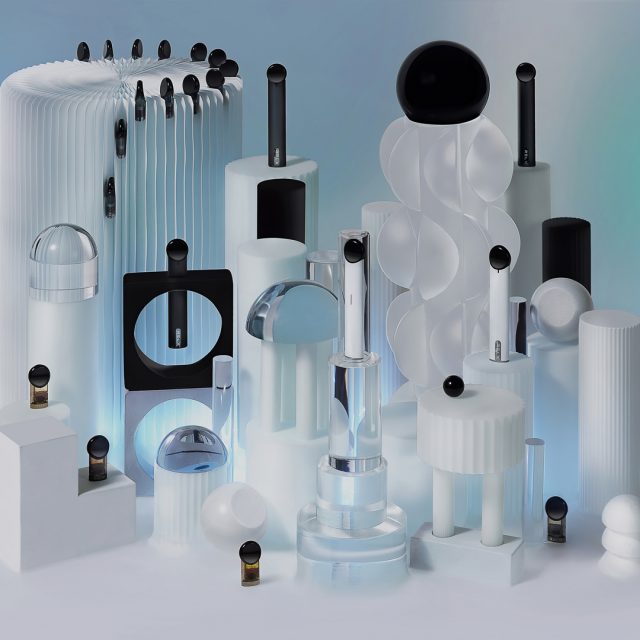
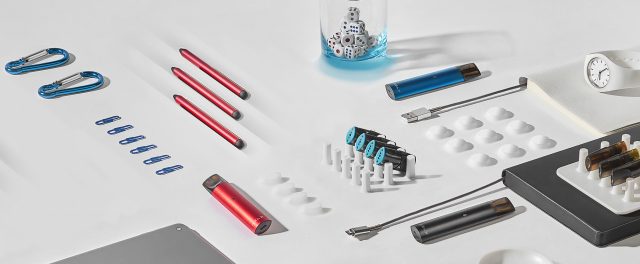
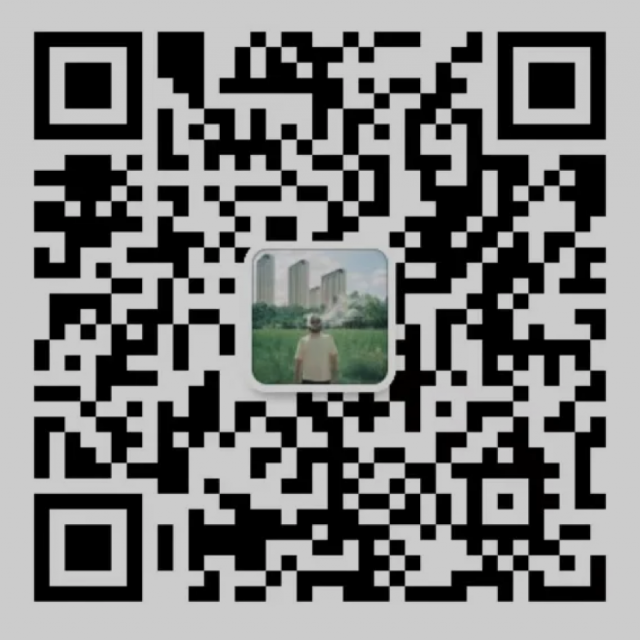
我们邀请创意人士来一场接力赛,每个人都要推荐另一位有意思的创意人士。Vlad推荐的下一个人是:照相师Karen Pang。
RELATED ARTICLES:
Meet Creative People | 遇见创意人士 Director DJ 导演DJ
Meet Creative People | 遇见创意人士 Ronald Tau
Meet Creative People | 遇见创意人士 Fish Ho





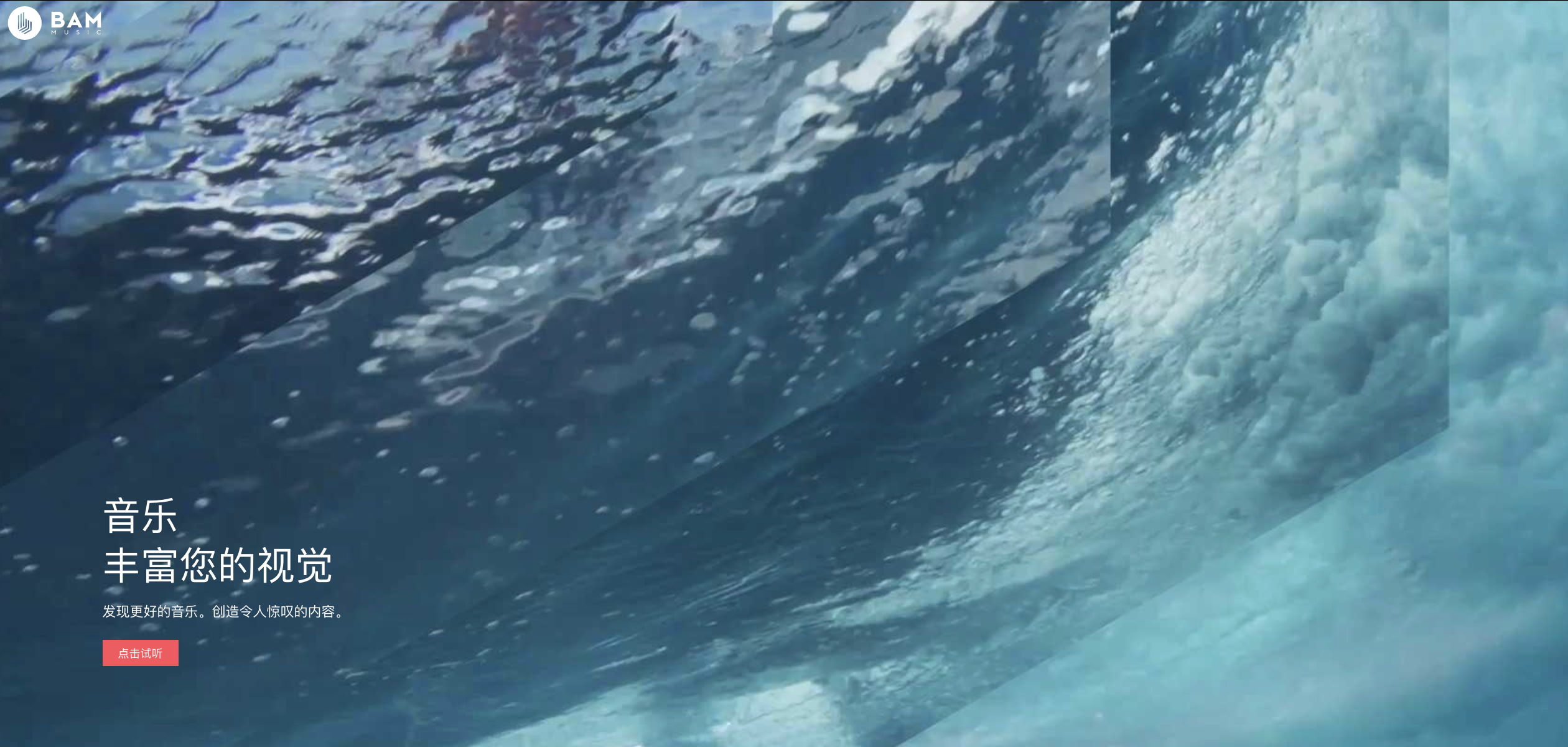 BAM Music Library Brings Edgy, Indie Sounds to Chinese Creatives
BAM Music Library Brings Edgy, Indie Sounds to Chinese Creatives
